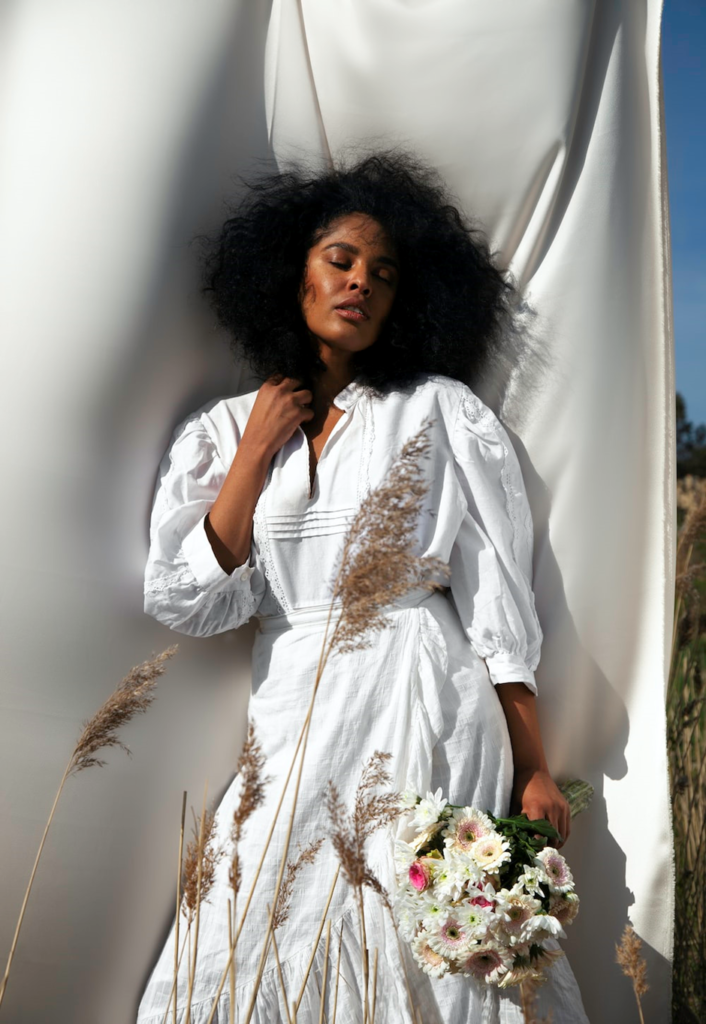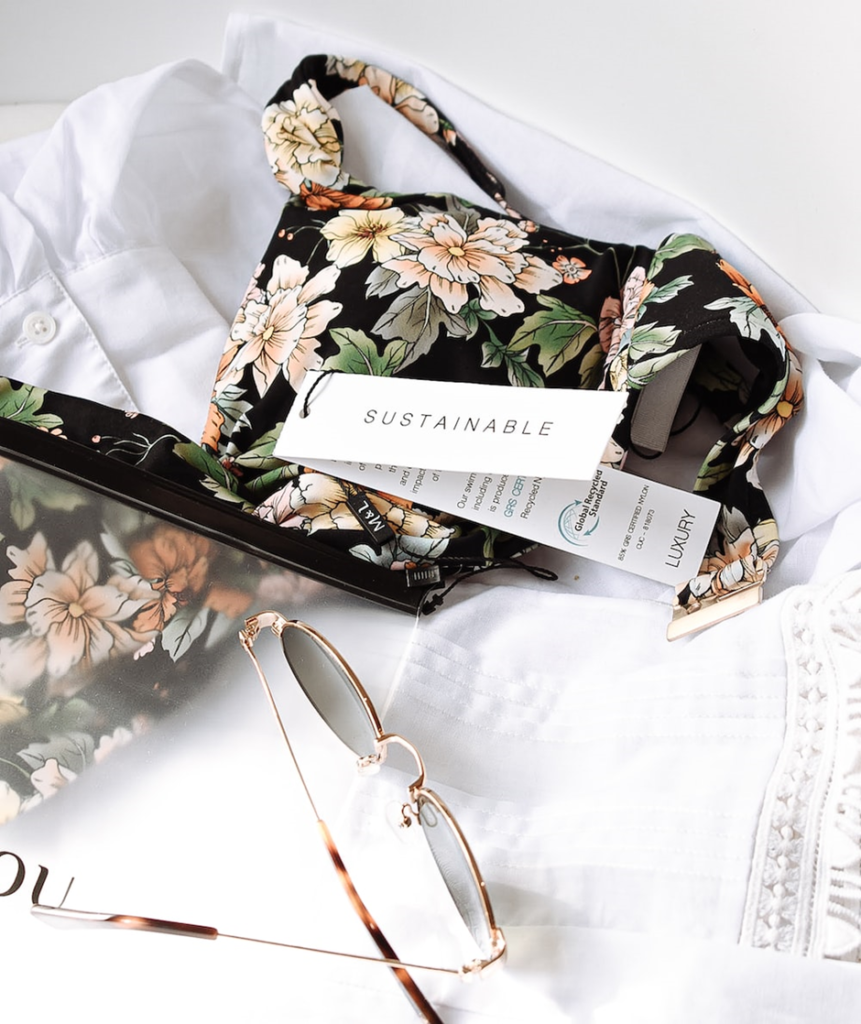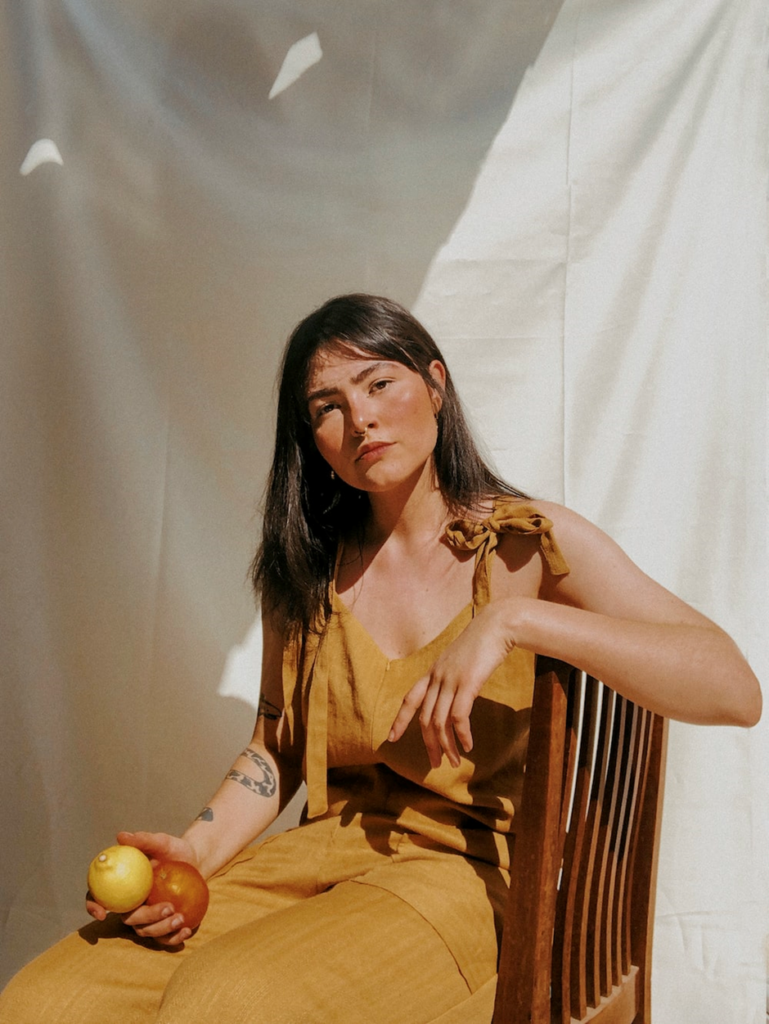Blog
FASHION OF THE FUTURE: ECO FRIENDLY TEXTILES THAT CAN SAVE THE PLANET

By Lora O’Brien
When I first started writing about fashion, sustainability was still a niche. “Eco-friendly fashion” sounded more like a trend than a real movement. Only a few visionary brands were mindful of their environmental impact.
But today, the industry looks completely different. Designers across the world are rethinking materials, pushing innovation in the fashion industry to new heights — and leading the way toward a more responsible future.
WHY TEXTILES MATTER
From reducing water waste to eliminating harmful dyes, every material choice you make as a designer shapes your environmental footprint. The fabric you choose is more than just aesthetic — it’s a statement of values.
WHAT ARE ECO FRIENDLY TEXTILES?
When it comes to defining an eco-textile, we have a few questions to ask yourself.
1. Where does the material come from? Sure, it may seem good to the planet, but has it come from stripping raw materials? Were the textiles used sustainably grown, or recycled? Or has damage been caused by farming and agricultural practices? Has it harmed an animal?
2. Do the textiles need processing? Many raw materials need processing before they can be turned into a textile that can be used for fashion. Some sustainable fabric processing that will take place is weaving, knitting or the use of non-toxic dyes. But many textiles will need bleaching, or they’re given their hue with the use of carcinogenic dyes that and are laden with chemicals. One main example of the latter is the use of formaldehyde. It prevents fabrics from wrinkling but is detrimental to health.
3. Where will this item be a year from now? Being mindful of the life expectancy of a textile is a vital step when selecting eco friendly textiles for clothing. Many unstainable fabrics end up in the trash and pollute landfills, so asking where it will end up, and whether it will negatively impact people, or the planet is crucial. Can it be recycled or composted?

HOW TO IDENTIFY ECO-TEXTILES
When designing your next collection, go beyond seasonal trends — think long-term impact. Quality materials that last longer not only elevate your designs but also reflect your commitment to sustainability.
Some of the most trusted eco friendly textiles for clothing include:
-
Organic cotton
-
Recycled materials like Remeant
-
Bamboo
-
Tencel (Lyocell)
-
Silk
-
Cashmere
-
Wool
In the modern world we live in, the old saying “you get what you pay for” holds more truth than ever before. Cheap fabrics are often poorly made and lack durability, leading to a short lifespan and potential dissatisfaction from clients. Furthermore, the process of sourcing sustainable and high-quality textiles can be overwhelming, particularly for those who are new to this market.
But when it comes to eco friendly textiles for clothing, many of us may be wondering what they are. Clothing that is considered sustainable is made from a textile that has come from an eco-friendly resource. This can be pretty diverse and include everything from recycled materials to sustainably grown cotton.
In a world where greenwashing is prevalent, seeking guidance on the best eco-fashion fabrics becomes crucial. The initial step is to search for certifications or delve into the background of the materials, understanding their sustainability and the fabric creation process. understanding why it is considered sustainable and the process involved in creating the fabrics. It’s crucial to avoid purchasing fabrics that contain PVC as it can be detrimental to both your health and the planet. Instead, focus on fabrics such as bamboo, recycled materials, Tencel, organic cotton, silk, cashmere, and wool, which offer more sustainable alternatives, look for the following certifications:
-
- Certified Organic
-
- GOTS Organic
-
- OEKO-TEX
-
- Fair Trade
-
- Cradle to Cradle
-
- Made in Green

WHERE INNOVATION MEETS DESIGN – INTRODUCING REMEANT
Among the most exciting innovations in fashion industry today is Remeant — a groundbreaking textile brand that developed a revolutionary patented technology.
Remeant transforms non-recycled, single-use plastics — materials that would otherwise end up in landfills — into colorful, high-quality, and durable textiles.
For designers, this opens up a whole new world of creative freedom. Imagine working with a fabric that not only looks luxurious but also tells a story of sustainability, circularity, and innovation.
Remeant offers a stunning variety of textures and colors suitable for fashion, interior design, and accessories — all made from upcycled materials that make a real difference.
FINAL THOUGHTS
As the industry continues to evolve, sustainable innovation is no longer optional — it’s essential. Designers have the power to shape what the future of fashion looks like, and that starts with the materials we choose.
If you’re ready to discover the next generation of eco friendly textiles for clothing, explore Remeant’s innovative fabrics and see how your next collection can make both a creative and environmental impact.

